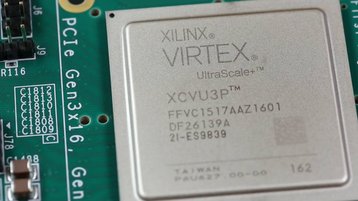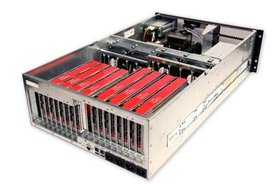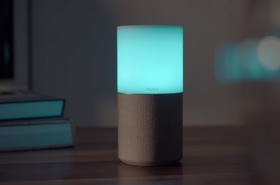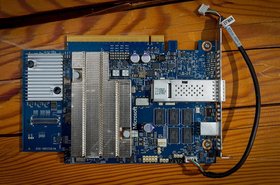Microsoft is diversifying the co-processors in its servers, sources have told Bloomberg, with the company turning to Xilinx for FPGAs in more than half of its servers.
Until now, the field programmable gate arrays found in all Azure servers have come from Intel's Altera subsidiary, with more than an exaflop of compute power installed across Microsoft's data centers.
A new catapult
Microsoft's FPGA-embracing Project Catapult began in 2010, with pilot tests in 2012, and an it was deployed at scale in 2015. Now, Azure's FPGA set up is thought to be the largest in the world, with the company adding multiple Intel Arria 10 FPGAs to each server.
Earlier this year, when outlining his 'Data Center First' strategy to DCD, Xilinx's new CEO Victor Peng highlighted Microsoft's work as a prime example of how companies could embrace FPGAs in the data center. “I think that model of homogeneous, distributed, but adaptable acceleration is very powerful,” Peng said. “Because that gives you the best TCO overall, when you have a dynamic environment; the best TCO is not to have fixed appliances for everything you might run.”
At the time, with Intel the exclusive provider for Catapult, Peng said: "We’ve been talking to Microsoft, and we continue to talk to Microsoft.”
Xilinx declined to comment on the report, while a Microsoft spokesperson said: “There has been no change of sourcing for existing infrastructure and offerings.” Whether the Xilinx deal covers future server deployments, and therefore would not count as "existing infrastructure," is up for debate.




